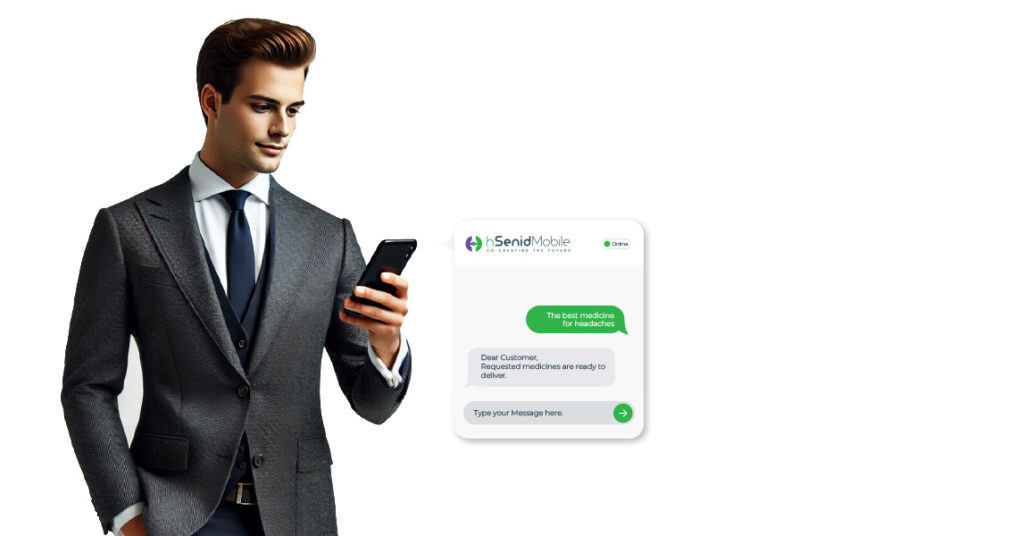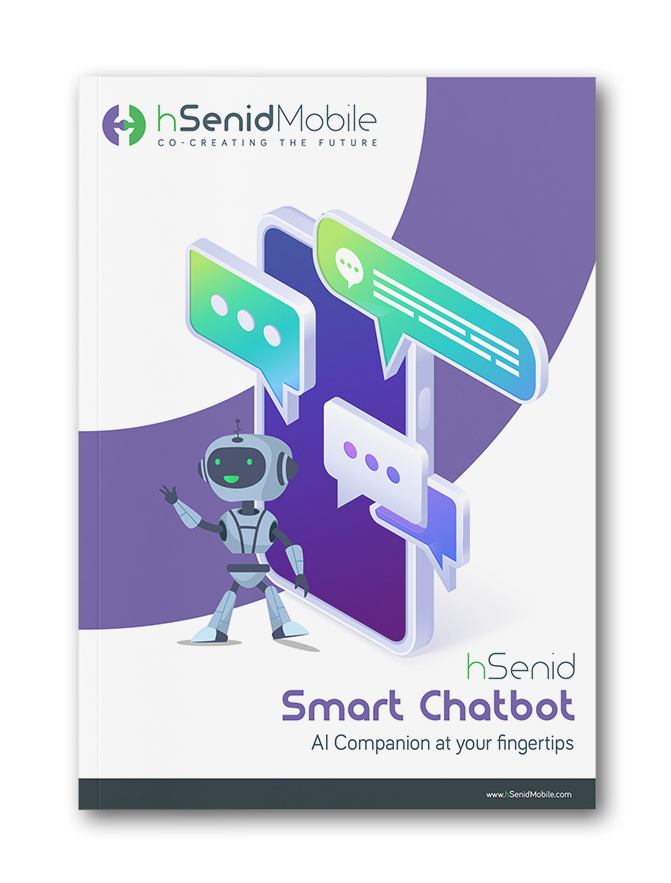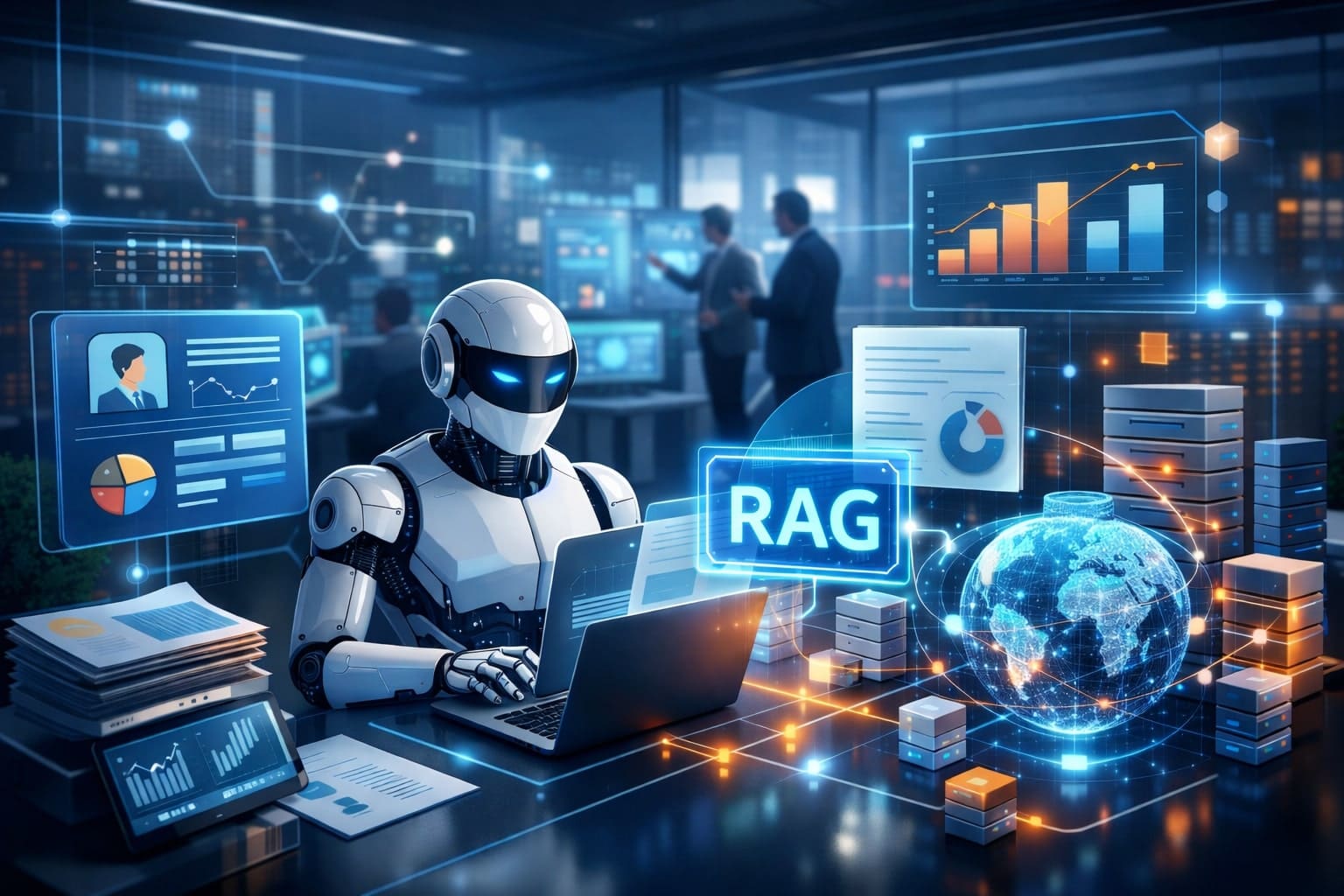“Please hold while we transfer your call.” Hearing this phrase elicits a series of negative emotions, from mild
irritation to frustration and sometimes even anger. How many times have we called with a straightforward query and
been kept waiting for an extended period of time while being transferred to multiple agents and being made to repeat
everything all over again to each new person who accepts our call? Being sent from pillar to post is a phenomenal
waste of time both for the callers and for the people attending to them. More importantly, it makes for extremely poor
customer service, which, needless to say, has unfortunate consequences for a business.
Enter the chatbot and all this backing and forthing has come to an end. Thanks to chatbots, users get instant responses and can carry out a range of different tasks remotely. Not only have these digital assistants saved a heck of a lot of time, they have also catapulted customer service standards to never-before-imagined heights. AI has propelled the evolution of chatbots, making them a vital element of businesses globally. AI-enabled chatbots have created a seismic shift in the customer service landscape that businesses are no longer asking themselves if they should implement a chatbot or not, but rather whether they should choose an AI voice chatbot solution or a text-based chatbot.
In order to make an informed decision on which kind of chatbot is most suited to your organization, you need to first understand the differences between the two. As suggested by the name, text-based chatbots use texting or messaging to engage with users. These kinds of chatbots can be found on websites, on messaging platforms like WhatsApp, and other similar channels. They are used for customer support, making recommendations, online purchasing and lead generation. AI voice chatbot solutions, on the other hand, use vocal prompts and responses, thus simulating a human conversation. They are also prominent in customer service and online shopping, as well as appointment scheduling and other voice-activated services. Two well-known voice-activated chatbots are Alexa and Google Assistant.
Needless to say, each type of chatbot has its own set of pros and cons. Knowing what these are will help you better grasp the value of each one for your organization
Enter the chatbot and all this backing and forthing has come to an end. Thanks to chatbots, users get instant responses and can carry out a range of different tasks remotely. Not only have these digital assistants saved a heck of a lot of time, they have also catapulted customer service standards to never-before-imagined heights. AI has propelled the evolution of chatbots, making them a vital element of businesses globally. AI-enabled chatbots have created a seismic shift in the customer service landscape that businesses are no longer asking themselves if they should implement a chatbot or not, but rather whether they should choose an AI voice chatbot solution or a text-based chatbot.
In order to make an informed decision on which kind of chatbot is most suited to your organization, you need to first understand the differences between the two. As suggested by the name, text-based chatbots use texting or messaging to engage with users. These kinds of chatbots can be found on websites, on messaging platforms like WhatsApp, and other similar channels. They are used for customer support, making recommendations, online purchasing and lead generation. AI voice chatbot solutions, on the other hand, use vocal prompts and responses, thus simulating a human conversation. They are also prominent in customer service and online shopping, as well as appointment scheduling and other voice-activated services. Two well-known voice-activated chatbots are Alexa and Google Assistant.
Needless to say, each type of chatbot has its own set of pros and cons. Knowing what these are will help you better grasp the value of each one for your organization
Text-based chatbots
| Pros | Cons |
|---|---|
| Users can engage with text-based chatbots at their own pace. There is much less pressure to reply instantly, and they can carry out the communication in the way they want to. | The speed of text-based chatbot interactions depends on how fast a person can type. |
| They are extremely efficient with handling recurring queries and standard questions, offering the most relevant information in a fast and timely manner. | They can tend to feel somewhat mechanical and robotic. |
| They are valuable in carrying out transactions and guiding users through step-by-step processes. | The device must have a screen for these chatbots to be integrated. |
| Their ability to handle multiple tasks simultaneously makes processes much faster and far more efficient. | There may be some difficulty handling nuanced or multi-part questions that require deep context or human-like comprehension. |
| These chatbots can easily track conversations and gather data, allowing businesses to analyze customer preferences, behaviors, and common issues for improved decision-making. | It is difficult for users to multitask while using these chatbots. |
AI voice chatbot solutions
| Pros | Cons |
|---|---|
| They are more realistic, mimicking a human conversation, making the entire interaction feel more natural to users. | Background noise can affect the accuracy of the communication and can cause the chatbot to misunderstand the speaker. |
| Because people speak faster than they type, the conversations are much speedier. | Voice-activated chatbots may not be able to decipher certain accents and dialects. |
| They are easily accessible to people with disabilities, especially the visually impaired, those who cannot type, and people with mobility challenges. | They may not understand slang and colloquialisms and so may not be able to offer a suitable or relevant response. |
| Advanced voice-activated chatbots can detect emotions through tone, allowing for more personalized and empathetic responses, improving the overall customer experience. | There is a chance they could raise privacy concerns as the messages can be recorded. |
| The hands-free approach means voice chatbots can be used while multitasking, like when driving and cooking. | Maintaining context over longer conversations could become a challenge, which can cause confusion and poor responses. |

Choosing the most suitable chatbot
As you can see, both types of chatbots have advantages and disadvantages. When trying to figure out which kind you should implement in your organization, you need to pay heed to two primary considerations: what you want to use the chatbot for and who will be using it:- Identify specific use cases: think carefully about what exactly you want to use the chatbot for. What tasks would your chatbot carry out? Which processes are you hoping to automate with it? How complex are these? Once you have this information you can work out which chatbot would be most suited.
- Profile your users: Analyze your target user and understand their preferences. Are they people who prefer typing? Are they constantly on the go? Do they frequently multitask? See what the best fit for the user profile would be.








